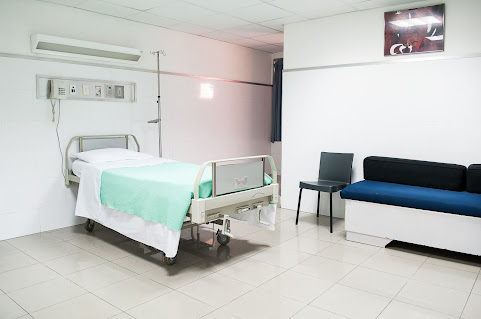Laser Cladding A Welding Procedure: Some Major Advantages Of It
Laser Cladding is a welding procedure that uses laser energy as a heat source to melt and weld material with distinct and desirable metallurgical properties onto a component with the least amount of chemical dilution feasible. This enables one to adjust the surface attributes of a less expensive substrate to improve corrosion, oxidation, wear, and high-temperature fatigue strength at a lower cost. With little or no dilution, the direct diode Laser Cladding method may weld a very thin and smooth single pass layer of metal onto another metal substrate at high deposition speeds. To provide the thinnest and purest weld overlay possible, this welding method employs specialized diode lasers. There is no other welding procedure that can match the quality of diode Laser Cladding . This method allows the surface metal chemistry of functioning parts to be changed without causing severe weld distortion or a heat-affected zone. Corrosion, erosion, or both are advantages of surface modification. La...

